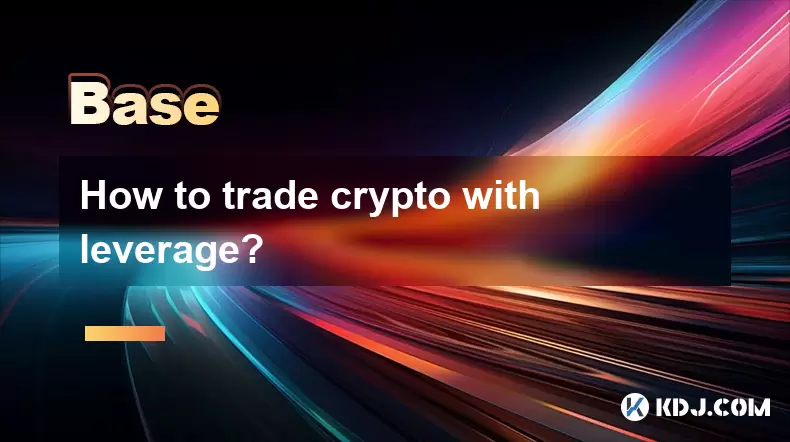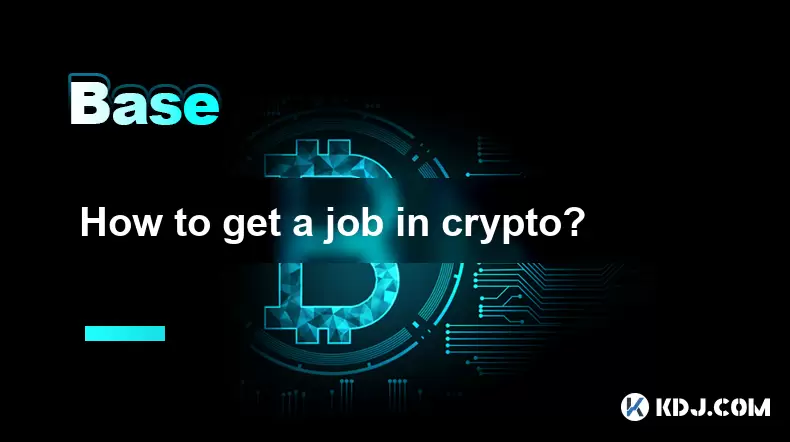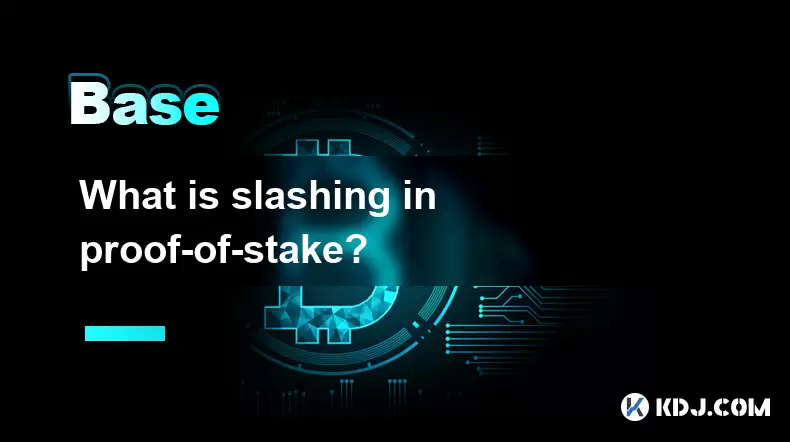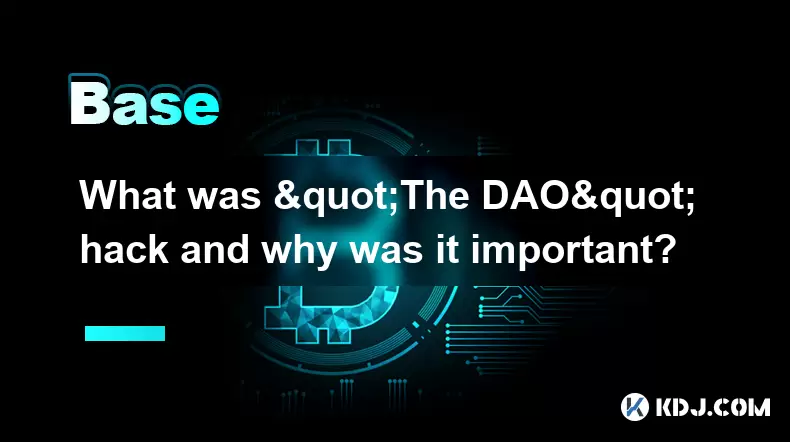-
 Bitcoin
Bitcoin $117900
-0.06% -
 Ethereum
Ethereum $3598
1.67% -
 XRP
XRP $3.433
0.63% -
 Tether USDt
Tether USDt $1.000
-0.02% -
 BNB
BNB $733.2
0.65% -
 Solana
Solana $176.9
-0.25% -
 USDC
USDC $0.9999
0.00% -
 Dogecoin
Dogecoin $0.2417
2.67% -
 TRON
TRON $0.3178
-2.25% -
 Cardano
Cardano $0.8310
2.11% -
 Hyperliquid
Hyperliquid $44.43
0.23% -
 Stellar
Stellar $0.4628
1.17% -
 Sui
Sui $3.852
2.09% -
 Chainlink
Chainlink $18.48
4.01% -
 Hedera
Hedera $0.2684
3.59% -
 Avalanche
Avalanche $24.57
4.87% -
 Bitcoin Cash
Bitcoin Cash $513.5
-0.02% -
 Shiba Inu
Shiba Inu $0.00001492
1.99% -
 Litecoin
Litecoin $113.2
11.61% -
 UNUS SED LEO
UNUS SED LEO $8.980
0.12% -
 Toncoin
Toncoin $3.211
0.51% -
 Polkadot
Polkadot $4.406
4.64% -
 Uniswap
Uniswap $10.16
0.26% -
 Monero
Monero $323.1
1.04% -
 Ethena USDe
Ethena USDe $1.001
-0.02% -
 Bitget Token
Bitget Token $4.936
1.21% -
 Pepe
Pepe $0.00001346
3.98% -
 Dai
Dai $1.000
-0.01% -
 Aave
Aave $318.9
-1.42% -
 Cronos
Cronos $0.1211
2.74%
How to trade crypto with leverage?
Leverage in crypto trading lets you borrow funds to boost your position size, offering higher profits but also increasing the risk of significant losses.
Jul 20, 2025 at 03:35 am

Understanding Leverage in Crypto Trading
Leverage in cryptocurrency trading allows traders to borrow funds to increase their position size beyond what their account balance would normally permit. This means that with a relatively small amount of capital, a trader can control a much larger trade. Leverage is typically expressed as a ratio, such as 2:1, 5:1, or even 100:1, depending on the platform and the asset being traded. The primary goal of using leverage is to amplify potential profits, but it also significantly increases the risk of losses, including the possibility of losing more than the initial investment.
Cryptocurrency markets are known for their volatility, which makes leverage a double-edged sword. Traders must understand how leverage works before engaging in leveraged trades. Each trading platform has different leverage limits and margin requirements, and it's crucial to review these before initiating any leveraged trade.
Selecting a Suitable Trading Platform
Not all cryptocurrency exchanges offer leverage trading. Therefore, the first step is to choose a platform that supports margin trading or futures contracts. Popular platforms that offer leveraged crypto trading include Binance, Bybit, KuCoin, and Bitfinex. Each platform has its own set of rules, fees, and leverage limits. Traders should compare these features to find the one that aligns with their trading strategy and risk tolerance.
Before registering on any platform, ensure that it is reliable, secure, and offers adequate customer support. It's also important to check if the platform supports your preferred cryptocurrencies and trading pairs. Some platforms may offer high leverage for Bitcoin but not for altcoins, so this must be taken into account.
Setting Up a Margin Account
To trade with leverage, you must open a margin account on the chosen platform. This involves depositing a certain amount of cryptocurrency or fiat currency as collateral. The initial margin requirement varies depending on the leverage level and the platform. For example, if you want to open a position with 10x leverage, you might need to deposit 10% of the total trade value as collateral.
Here’s how to set up a margin account:
- Log in to your exchange account and navigate to the margin trading section.
- Transfer funds from your spot wallet to your margin wallet.
- Select the trading pair you want to trade (e.g., BTC/USDT).
- Choose the leverage level you wish to use.
- Confirm the margin transfer and proceed to place your order.
Each platform may have a slightly different process, so it's essential to follow the specific instructions provided by the exchange.
Placing a Leveraged Trade
Once your margin account is set up, you can begin placing leveraged trades. There are two types of leveraged positions: long (buying) and short (selling). A long position is taken when you expect the price of the asset to rise, while a short position is taken when you expect the price to fall.
Here’s how to place a leveraged trade:
- Navigate to the margin trading interface.
- Select the asset and trading pair you want to trade.
- Choose the direction of the trade (buy or sell).
- Set the amount and leverage level.
- Review the liquidation price and margin requirements.
- Place the order.
It’s crucial to monitor the liquidation price, which is the price at which your position will be automatically closed due to insufficient margin. Liquidation can result in significant losses, so it’s important to manage risk effectively.
Managing Risk with Stop-Loss and Take-Profit Orders
Risk management is essential when trading with leverage. Stop-loss and take-profit orders are tools that help traders manage their exposure. A stop-loss order automatically closes your position if the price moves against you beyond a certain point, limiting your losses. A take-profit order closes your position when the price reaches a favorable level, locking in your profits.
Here’s how to set these orders:
- Open the margin trading interface.
- Locate the order settings section.
- Enter the stop-loss price based on your risk tolerance.
- Enter the take-profit price based on your profit target.
- Confirm the order parameters before submitting.
These orders can be adjusted or canceled at any time, but once triggered, they become market orders and may execute at a slightly different price than expected due to market conditions.
Monitoring and Closing Your Position
After placing a leveraged trade, it’s important to monitor it regularly. Market volatility can cause rapid price movements, which may trigger liquidation or hit your stop-loss/take-profit levels. Some platforms offer mobile apps or email notifications to help you stay updated on your positions.
To close a leveraged position:
- Go to the open orders section.
- Find the position you want to close.
- Click on the close button or place an opposite order.
- Confirm the closure.
Upon closing the position, the platform will calculate your profit or loss based on the difference between the entry and exit prices, minus any fees and interest charged for using leverage.
Frequently Asked Questions
What is the maximum leverage available for crypto trading?
Most platforms offer leverage up to 100x, but the actual limit depends on the asset, market conditions, and the platform's policies. High leverage increases both potential profits and risks.
Can I lose more than my initial investment when trading with leverage?
Yes, it is possible to lose more than your deposited margin if the market moves sharply against your position. This is known as a margin call or liquidation, where the platform closes your position and may require additional funds to cover losses.
Are there fees associated with leveraged trading?
Yes, leveraged trading typically involves interest charges on borrowed funds, trading fees, and sometimes funding fees for holding positions overnight or over weekends.
Is leverage trading suitable for beginners?
Leverage trading is considered advanced and is not recommended for beginners due to the high risks involved. It requires a solid understanding of market dynamics, technical analysis, and risk management strategies.
Disclaimer:info@kdj.com
The information provided is not trading advice. kdj.com does not assume any responsibility for any investments made based on the information provided in this article. Cryptocurrencies are highly volatile and it is highly recommended that you invest with caution after thorough research!
If you believe that the content used on this website infringes your copyright, please contact us immediately (info@kdj.com) and we will delete it promptly.
- XRP Mining, the GENIUS Act, and Coin Holders: A New Era?
- 2025-07-20 06:30:12
- Arctic Pablo Coin: Navigating the Icebound Estates Presale and Token Burn Strategy
- 2025-07-20 06:30:12
- Arctic Pablo Coin's Myth-Themed Presale: Icebound Estates and Beyond!
- 2025-07-20 06:50:12
- Snorter Token's Presale Success: Riding the GENIUS Act Wave in the Crypto World
- 2025-07-20 06:50:12
- PENGU Token's Breakout Momentum: Riding the Wave in a Bearish Market
- 2025-07-20 07:10:12
- Crypto's 100x Hunt in 2025: Beyond the Hype
- 2025-07-20 07:10:12
Related knowledge

What is the Inter-Blockchain Communication Protocol (IBC)?
Jul 19,2025 at 10:43am
Understanding the Inter-Blockchain Communication Protocol (IBC)The Inter-Blockchain Communication Protocol (IBC) is a cross-chain communication protoc...

How does sharding improve scalability?
Jul 20,2025 at 01:21am
Understanding Sharding in BlockchainSharding is a database partitioning technique that is increasingly being adopted in blockchain technology to enhan...

What is the "crypto trilemma" of scalability, security, and decentralization?
Jul 19,2025 at 06:28pm
Understanding the Concept of the Crypto TrilemmaThe crypto trilemma refers to the challenge of simultaneously achieving scalability, security, and dec...

How to get a job in crypto?
Jul 20,2025 at 08:14am
Understanding the Crypto Industry LandscapeThe cryptocurrency industry is a rapidly evolving space that includes blockchain technology, decentralized ...

What is slashing in proof-of-stake?
Jul 20,2025 at 06:07am
Understanding Slashing in Proof-of-StakeIn a Proof-of-Stake (PoS) blockchain network, slashing refers to the penalty mechanism used to deter validator...

What was "The DAO" hack and why was it important?
Jul 19,2025 at 09:08pm
Background of 'The DAO''The DAO' (Decentralized Autonomous Organization) was a venture capital fund built on the Ethereum blockchain, launched in Apri...

What is the Inter-Blockchain Communication Protocol (IBC)?
Jul 19,2025 at 10:43am
Understanding the Inter-Blockchain Communication Protocol (IBC)The Inter-Blockchain Communication Protocol (IBC) is a cross-chain communication protoc...

How does sharding improve scalability?
Jul 20,2025 at 01:21am
Understanding Sharding in BlockchainSharding is a database partitioning technique that is increasingly being adopted in blockchain technology to enhan...

What is the "crypto trilemma" of scalability, security, and decentralization?
Jul 19,2025 at 06:28pm
Understanding the Concept of the Crypto TrilemmaThe crypto trilemma refers to the challenge of simultaneously achieving scalability, security, and dec...

How to get a job in crypto?
Jul 20,2025 at 08:14am
Understanding the Crypto Industry LandscapeThe cryptocurrency industry is a rapidly evolving space that includes blockchain technology, decentralized ...

What is slashing in proof-of-stake?
Jul 20,2025 at 06:07am
Understanding Slashing in Proof-of-StakeIn a Proof-of-Stake (PoS) blockchain network, slashing refers to the penalty mechanism used to deter validator...

What was "The DAO" hack and why was it important?
Jul 19,2025 at 09:08pm
Background of 'The DAO''The DAO' (Decentralized Autonomous Organization) was a venture capital fund built on the Ethereum blockchain, launched in Apri...
See all articles

























































































